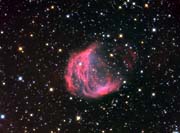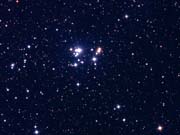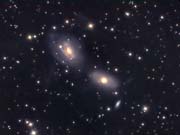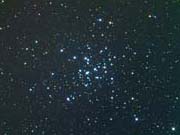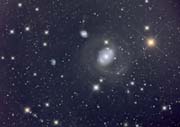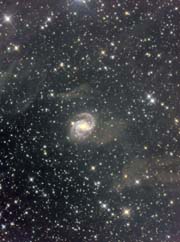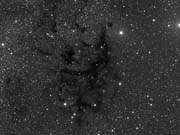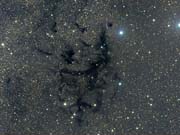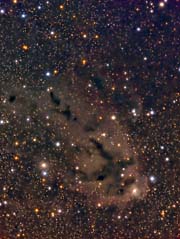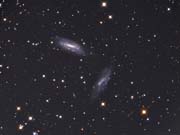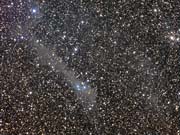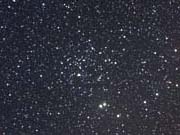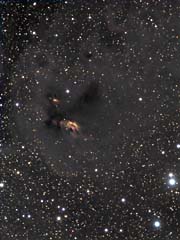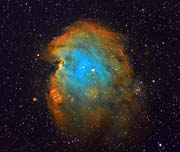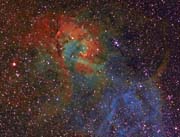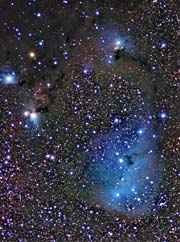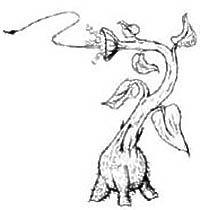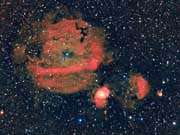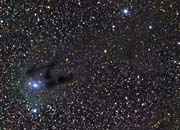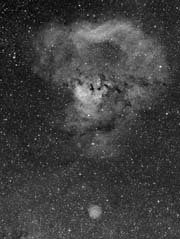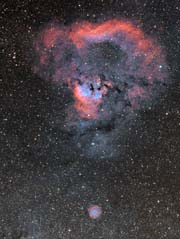This image of the Medusa planetary nebula (Abell 21 or PK 205+14.1) in Gemini was a work in progress for a few weeks. Luminance 21 x 20 minutes captured on 28th and 29th December 2016, RGB each 6 x 20 minutes on 23rd January 2017. Also overlaid with Hydrogen-alpha, 9 x 20 minutes. All binned 2x2. Even with all that data it's a faint object at mag 14.1, surface brightness 16.4 and relatively low in the sky for me. So apologies for any remaining noise. QSI 683 with SX active optics on GSO10" f8 RC Truss. This image appeared in the March 2017 Astronomy Now Gallery Full size.
Time I had a look at something brighter and easier!
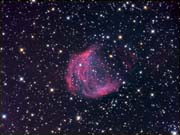
Now February 2024, and a bit of a play with this. I used StarNet to remove the stars, then subtracted the result from the original to leave the stars only. Reduced their size and increased their colour then pasted back the nebula also recoloured. Possibly a more pleasing image. Full size
